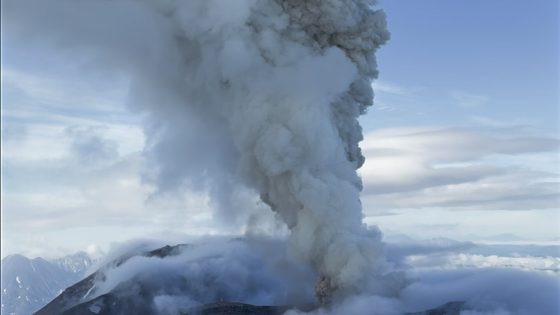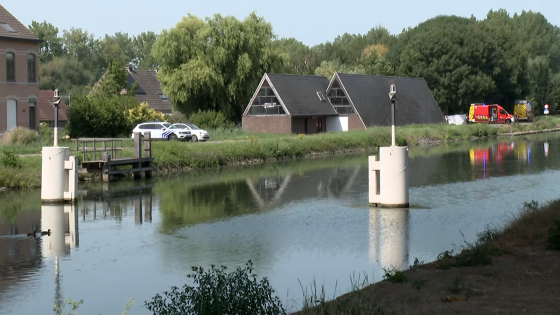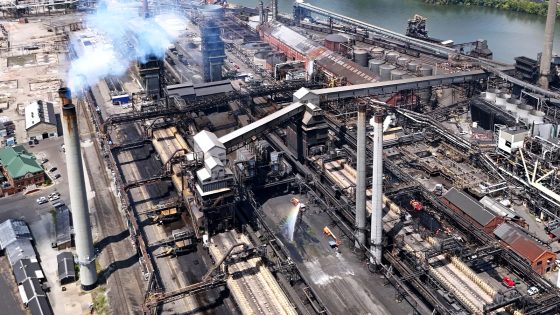A volcano on Russia’s Kamchatka Peninsula erupted for the first time in hundreds of years, raising concerns about seismic activity in the region. This significant event occurred shortly after a powerful 8.8-magnitude earthquake struck the area on 2025-08-03 19:54:00, prompting a tsunami warning.
- Krasheninnikov volcano erupted for first time in centuries.
- Ash reached 6 kilometers into the sky.
- No populated areas affected by ashfall.
- Eruption followed an 8.8-magnitude earthquake.
- Tsunami warning issued and later lifted.
- Discrepancy in eruption history noted.
The Krasheninnikov volcano shot ash 6 kilometers (3.7 miles) into the atmosphere, with images showing dense clouds enveloping the landscape. Fortunately, no populated areas are in the ash’s path, and the local emergencies ministry reported no ashfall in inhabited regions.
This unprecedented volcanic activity raises questions about the geological stability of the region. As scientists monitor the situation, what could this mean for future seismic events? Consider these points:
- The eruption is the first confirmed in 600 years, though discrepancies exist regarding its history.
- Moderate explosive activity may continue, indicating a potential for further eruptions.
- The recent earthquake caused small tsunami waves, affecting areas as far as Japan and Alaska.
As scientists continue to study the volcanic activity, staying informed about seismic events is crucial. Will this lead to more frequent monitoring of volcanoes worldwide?
































